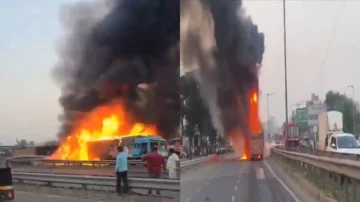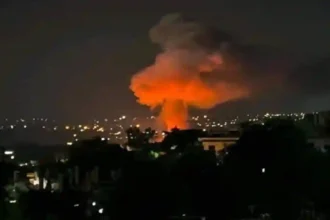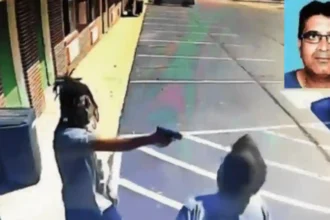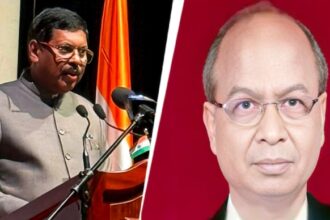In recent weeks, Ireland has become a focal point of concern as racist attacks against the Indian community have escalated, both online and in the real world. The statement by Irish President Michael D. Higgins on August 12, 2025, condemning these “despicable attacks” as a betrayal of Ireland’s values, marks a significant step toward acknowledging the issue. According to the Times of India, a six-year-old Indian-origin girl in Waterford was racially abused and assaulted on August 7, part of a disturbing trend that includes assaults on Indian nationals like sous chef Laxman Das in Dublin. The Irish Network Against Racism (INAR) 2025 report highlights a systemic failure, noting that An Garda Síochána’s interactions with racism victims are twice as negative as positive, exacerbating the vulnerability of the Indian diaspora, which has grown from 10,000 in 2002 to over 80,000 by 2025 (Central Statistics Office, Ireland). This surge in real-world violence, coupled with vitriolic online hate on platforms like X, underscores a troubling shift where the Indian community, once celebrated for contributions to healthcare and technology, is increasingly targeted.
The outrage initially directed at Islamic refugees and migrants, who have been statistically linked to higher crime rates in Western countries, appears to be spilling over to Indians, amplifying a broader anti-immigrant sentiment. A 2017 German crime report cited by Wikipedia on immigration and crime noted that 1% of migrants accounted for 40% of migrant-related offenses, fueling public discontent that now indiscriminately targets visible minorities, including Indians. In the United States and Australia, similar racist incidents have occurred without official governmental statements—contrasting sharply with Ireland’s response. For instance, the 2009-2010 violence against Indians in Australia, where 23 of 152 reported attacks had racial overtones (Overseas Indian Ministry report), saw no unified public condemnation from authorities, leaving communities unprotected. This growing anti-immigrant campaign in the West, driven by economic anxieties post-Brexit and cultural backlash, poses a major threat to Indians abroad, transforming the South Asian identity into a liability rather than an asset.
The South Asian identity, meant to foster unity, has instead become a double-edged sword, with countries in the region sometimes exploiting it to misrepresent themselves as Indian, complicating diaspora advocacy. The Indian government’s silence on these attacks risks eroding the confidence of its 32 million-strong global diaspora, a significant economic and cultural force. Historical precedents, such as India’s 2010 policy response to Australian attacks (Vayalar Ravi’s initiative), suggest a need for renewed diplomatic action, including public statements and support for affected communities. Meanwhile, the Indian population abroad, often silent on racism due to cultural reticence or fear of reprisal, must rise up. Grassroots movements, supported by organizations like INAR, could amplify their voices, pressuring Western governments for accountability. Without a concerted effort from both the Indian government and its diaspora, the rising tide of racism threatens to undermine the safety and dignity of Indians worldwide.












